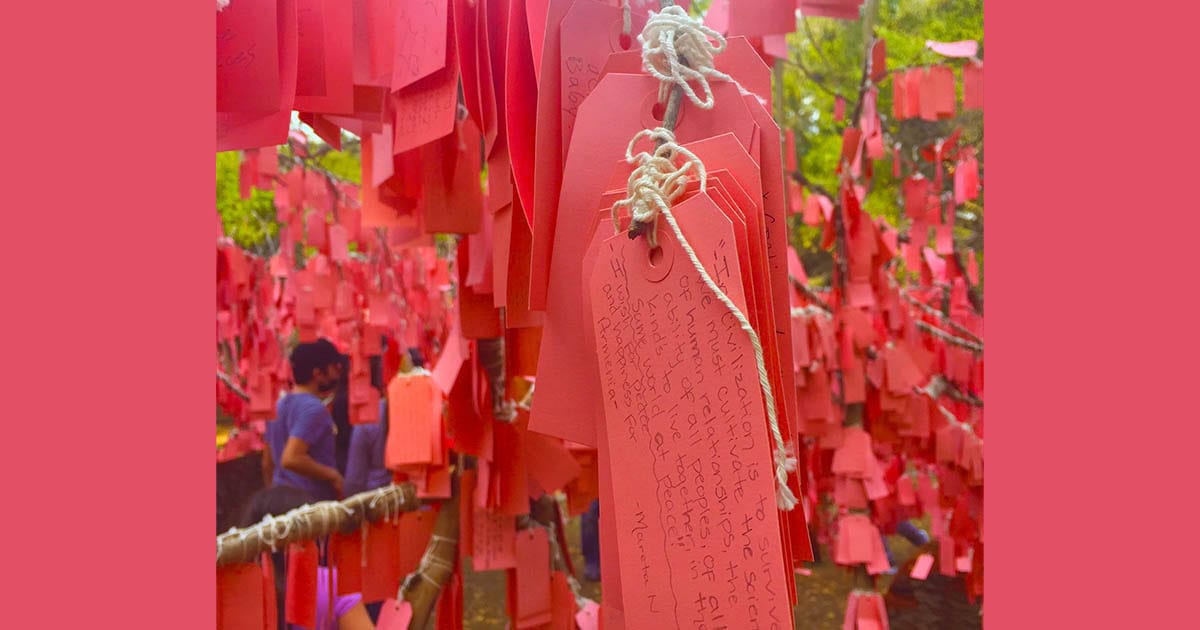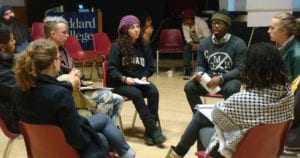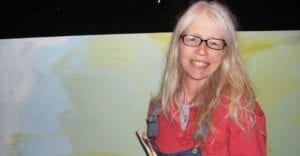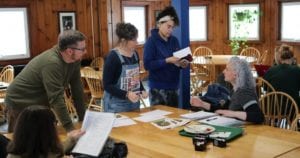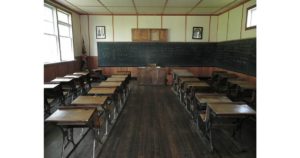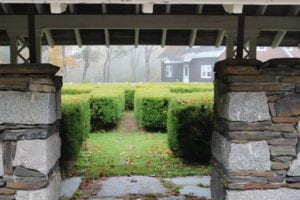By Richard Panek

You’d think a wall panel in the Galileo gallery in the Galileo wing of the Galileo Museum would be a good place to get an accurate context for Galileo’s historical significance.
You’d be wrong:
“These astronomical discoveries heralded a revolution destined to demolish an image of the universe that had lasted for two thousand years. The profound shock of that revolution, undermining faith in man’s privileged position in the universe, aroused violent antagonism that was to claim Galileo himself as victim.”
Wrong. Wrong. Wrong.
One of the expectations we bring to museums is that we might learn something. Of course, that expectation isn’t always met. A few years ago I went to a fashion exhibit at the Victoria and Albert Museum in London; to judge from the accompanying descriptions on the wall, the purpose of the exhibit was to convince the public that humans on occasion alter their outward appearance in order to enhance their sexual attractiveness.
At least that information was accurate. After the February 2000 opening of the Rose Center for Earth and Space—the giant glass cube that fronts the 81st Street side of the American Museum of Natural History in New York—friends would occasionally ask me to take them on an informal tour. The tour always had to include a stop at the Big Bang Theater because we, like all visitors, had no choice but to pass through it in order to reach the top of the Heilbrun Cosmic Pathway, a spiral exhibit that provides a timeline of the universe. And so the friend and I would dutifully stand, gripping a railing, staring down at a 36-foot-diameter screen in a bowl. We would see a recreation of the birth of the universe. We would also hear it: a deafening BOOM! Or, I guess, BANG!
Wrong.
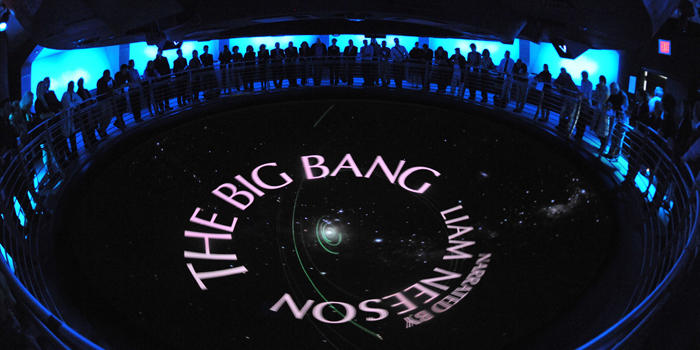
“The Big Bang didn’t make a noise,” I would inform the friend when the lights came up, and then we’d step out of the theater and continue with the rest of our journey through the timeline of the universe.
Still, the inaccuracy in that presentation amounts to exactly one. I don’t mean to single out the Galileo Museum, in Florence; I’ve written about it before, and I can safely swear that it would fulfill the expectation that a museum will teach everybody something. But the misinformation on that wall panel is so extensive, especially over the course of the second sentence, that I don’t know where to begin.
Actually, that’s not true. After some thought, I do know where I want to begin: the end. Because that’s where I can start to retrace the chain of illogic to its source.
Wrong #3: that “the profound shock of the revolution . . . was to claim Galileo himself as victim.” What landed Galileo before the Inquisition and then under house arrest for the rest of his life wasn’t any “shock of the revolution” but his challenge to the Church authority in matters astronomical. He insisted he was qualified not simply to present evidence that the Earth orbits the Sun—the job that traditionally was the purview of mathematicians like himself—but to interpret that evidence—the job that traditionally was the purview of the Church elders, relying on Scripture. (That Galileo modeled a hapless character in his Dialogue Concerning Two Chief World Systems on the pope and then gave him the name Simplicio didn’t help his cause.)
Wrong #2: that “the profound shock of that revolution . . . aroused violent antagonism.” Actually, the Church had no problem with the evidence that Galileo gathered through the telescope. Shorty after Galileo published his initial findings about the moons of Jupiter and other phenomena, the Jesuit mathematicians at the Collegio Romano reported to their superior, Robert Cardinal Bellarmine, that their own observations through telescopes corroborated Galileo’s. The Collegio then threw a banquet in Galileo’s honor.
Wrong #1: that “the profound shock of that revolution” was due to Galileo’s “undermining faith in man’s privileged position in the universe.” Man’s position wasn’t privileged, except in a negative way. According to the prevailing philosophical beliefs at the time, the celestial realm was perfect, the terrestrial (literally, “of the earth”) not just imperfect, but worse: “the filth and mire of the world, the worst, lowest, most lifeless part of the universe, the bottom story of the house,” as the French essayist Michel de Montaigne wrote in 1576. If Galileo’s evidence wound up showing that the Earth wasn’t at the center of the universe—a possibility that Galileo made explicit in his Sidereus Nuncius, or The Sidereal Messenger, the 1610 pamphlet in which he reported his initial discoveries—it would actually be doing Earth a favor. It would mean, Galileo wrote, that Earth “is not the dump heap of the filth and dregs of the universe.”
Which brings me to the source of the confusion in the writing on the Galileo Museum’s wall: “the profound shock of that revolution.” Galileo’s revolutionary observations provided many a “profound shock,” just not the fictitious ones that the panel cites.
Myths happen. They arise because they seem to reinforce a useful universal lesson, and they endure if we really want to believe that lesson—in this case, that earlier generations, not knowing any better, suffered the sin of pride, thereby providing a cautionary tale for us later generations as we consider our own interpretation of our place in the universe. The sin of pride, though, more correctly belongs to the myth perpetuators: They would have us believe we are less hubristic than our ancestors.
What Galileo did was big enough. What the Big Bang did was even bigger. Neither needs any help from the likes of us.
* * *
This essay originally appeared on The Last Word on Nothing.
Credits: DIY graffiti courtesy of http://www.fontsquirrel.com/; American Museum of Natural History.

